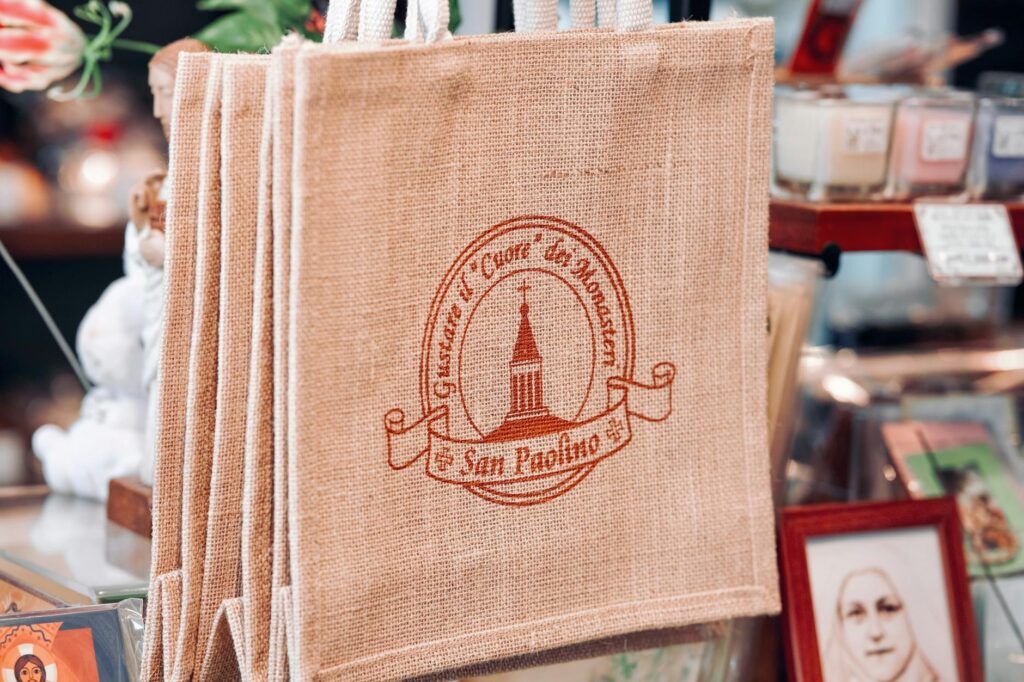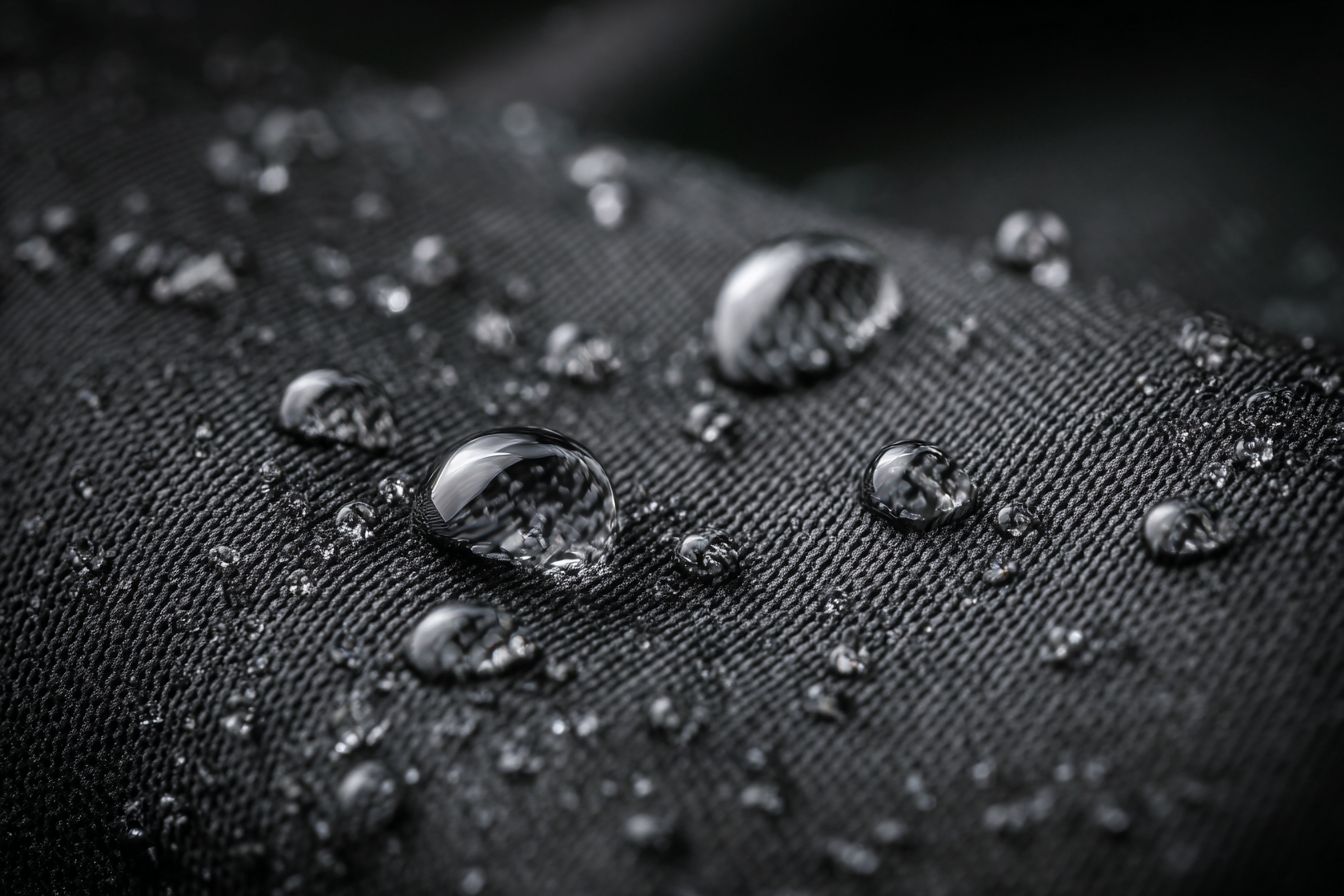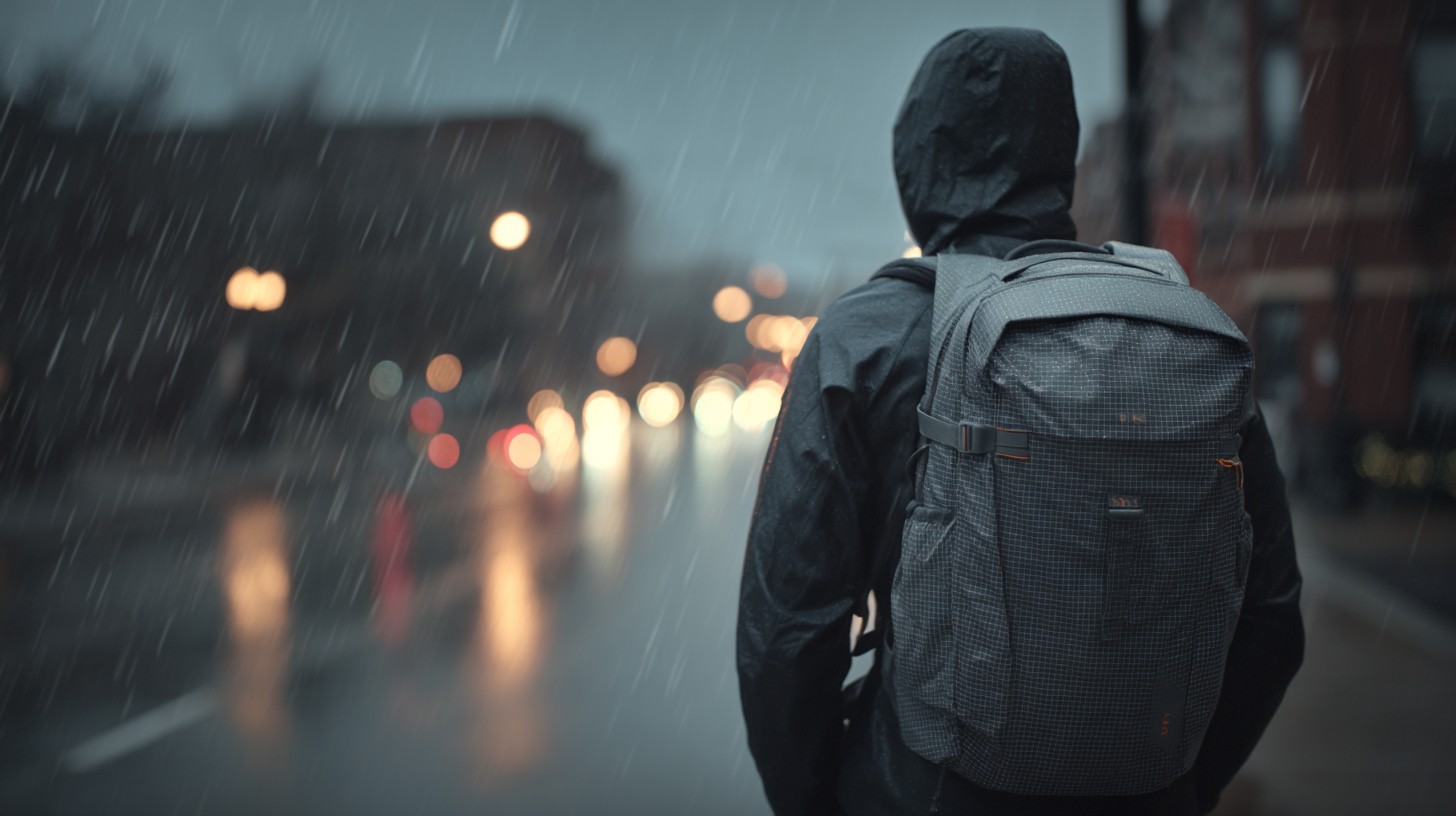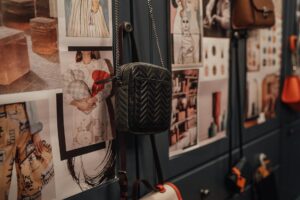Key takeaways
- Order swatches and make one production-style prototype before approving a run.
- Rule of thumb: use canvas where chassis and abrasion matter; use laminated cloth where weight and full surface sealing matter.
- Common pitfall: assuming a coated surface makes seams watertight—fix with seam tape, welded seams, or taped zippers.
What we mean by the materials
Waterproof canvas fabric: a woven base (often cotton or a cotton blend) finished with wax, oils, or a bonded polymer treatment. It keeps structure and is repairable by reproofing or patching. Laminated/coated cloth: a woven or knit base bonded to a waterproof film or coated with polymers such as PU or PVC; some laminates are thin and light while others add stiffness.
When you ask suppliers for data, request the coating type, how the film is bonded, and any technical test reports they can provide.
Ordering and sampling steps
- Request swatches of the exact finish and color. Note roll width and usable width.
- Make a full-size prototype with production needles, thread, and hardware.
- Create a tech pack: fiber and weave, coating type, seam finish, zipper spec, hardware size, and requested tests.
- Approve a pre-production sample (PPS), then a pilot run, then full production.
Side-by-side comparison (practical for bag makers)
| Feature | Waterproof Canvas | Laminated / Coated Cloth |
|---|---|---|
| Body & structure | Stiff to semi-stiff; supports structured bags and tool bags. | Soft to semi-rigid; better for pack covers and pouch linings. |
| Abrasion resistance | High; wears predictably and patches well. | Varies by film; thin PU may abrade faster at edges. |
| Seam strategy | Sew normally; seal critical seams and hardware exits. | Use seam tape, heat-welds, or RF welding for watertight seams. |
| Weight | Heavier and solid-feeling. | Often lighter—depends on laminate thickness. |
| Repairability | Better field repair; re-wax or patch. | Often needs adhesive or welded patches. |
Sewing, seams, and finishing (step list)
Use these steps when you specify production details in a tech pack.
Needles, thread, and machine notes
- Canvas: use heavy-duty needles and bonded polyester or nylon thread for load points. Keep spare needles—canvas blunts needles faster.
- Laminates: test needle type and stitch on scrap; some laminates delaminate under heat or compression. Reduce presser-foot pressure and use a non-stick foot if the film grips.
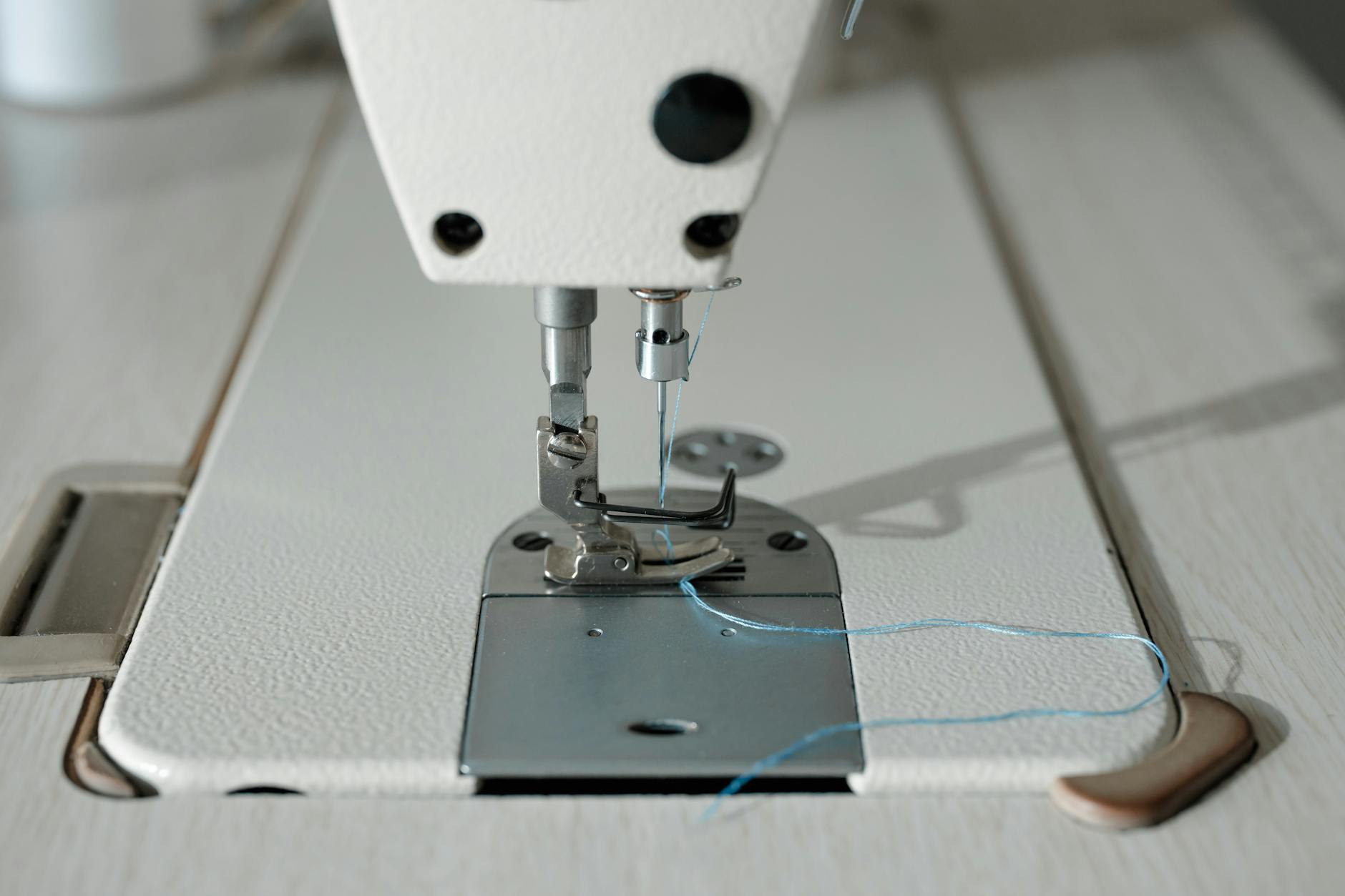
Seam methods to specify
- Flat-felled or double-stitched seams for canvas chassis; apply seam sealant at zipper exits.
- For laminated cloth, specify welded seams or factory-applied seam tape for fully watertight bags.
- For mixed constructions, use canvas for the shell and laminated or taped bases and pockets where water exposure is highest.
Zippers, hardware, and stress points
- Pick waterproof zippers or zipper flaps for exposed openings. Where heavy loads concentrate, use rivets, bartacks, or box-stitch reinforcements.
- Test hardware attachment methods on your prototype to avoid pull-through or coating damage.
QC, tests, and compliance to request
Ask suppliers for test reports rather than informal claims. For water resistance, request the supplier’s test method and results. AATCC test methods list hydrostatic and spray tests that factories use for water resistance; ask for named methods with results rather than just “waterproof.” AATCC guidelines are a standard request.
Also ask about restricted substances. Request PFAS/DWR disclosure and any REACH or CPSIA documentation required for your market. See EU REACH guidance and EPA PFAS resources when you evaluate chemical risks: REACH overview, EPA on PFAS.
QC checklist before approving a run
- Confirm base cloth, coating or laminate type, and bonding method.
- Request water-resistance test names (example: hydrostatic or spray tests) and the numeric result as run by the supplier or certified lab.
- Inspect seam and zipper test samples for delamination or leakage.
- Request abrasion or rub test samples if items will see heavy wear; reference applicable ASTM methods when you need lab work.
Yardage & pattern chart
For a standard tote, messenger, or small daypack, order swatches then a one-off prototype. Plan fabric by usable roll width and pattern layout; for small brands we recommend a pilot-length roll rather than random remnants. If you need a downloadable pattern yardage chart, include exact model dimensions in your tech pack so the supplier can confirm roll needs and cutting layout. See our sample ordering checklist: distinguish quality.
FAQ
- Can I make a fully waterproof bag with canvas?
- Yes. Waxed canvas repels water, but seams, hardware exits, and zippers must be addressed with seam sealing, taped jackets, or welded inserts for true watertightness. Test a finished prototype under the same conditions your product will face.
- Will laminates stick to my machine?
- Some laminates can grip. Use a Teflon or non-stick presser foot, reduce presser pressure, and test stitches on scrap before production.
- Which fabric is easier to repair in the field?
- Canvas is generally easier to patch or reproof in the field. Laminates often need adhesive-backed patches or professional heat welding.
